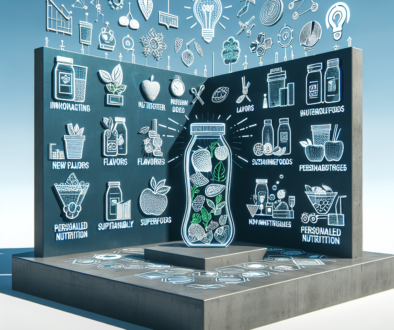Isolation And Gene Screening For Collagen Phagocytic Subpopulation Of Fibroblasts And Non-Collagen Phagocytic Subpopulation Of Fibroblasts
Keywords
Fibroblasts,Fluorescein-Isothiocyanate-Latex Bead,Gene Chip,Urokinase Plasminogen Activator Receptor-Associated Protein, Fibroblasts,Fluorescein-Isothiocyanate-Latex Bead,Gene Chip,Urokinase Plasminogen Activator Receptor-Associated Protein
Abstract
Objective: To explore the establishment of a new method for isolating human fibroblast collagen phagocytic subpopulation (CPSF) and fibroblast non-collagen phagocytic subpopulation (nCPSF), and to screen the differentially expressed genes between the two. Methods: According to the difference in phagocytic functions of CPSF and nCPSF, collagen-coated isothiocyanate fluorescent latex microspheres (COL-FITC-LB) phagocytosis technology and flow cytometry separation technology were used to separate them, and the two were separated through biochip technology and Real-time PCR screens and verifies the differentially expressed genes between the two, and looks for molecular markers that are characteristic of CPSF and nCPSF. Results: CPSF and nCPSF were successfully isolated, and their gene differences were analyzed, and 17 differentially expressed genes were obtained. Compared with nCPSF, 12 genes were up-regulated and 5 genes were down-regulated in CPSF. Three genes that may be related to collagen phagocytosis were verified, namely urokinase plasminogen activator receptor-associated protein (uPARAP), cytochrome b-245, and beta polypeptide (cytochrome b- 245, beta polypeptide, CYBB) and homolog 1 (Hook homolog 1, HOOK1). The expression level of uPARAP in CPSF is 2788 times that of nCPSF; the expression level of CYBB in CPSF is 0.85 times that of nCPSF; the expression level of HOOK1 in CPSF is 2788 times that of nCPSF. 1.96 times, the difference was statistically significant (P<0.05). Conclusion: A new method for separating CPSF and nCPSF was established. The main differentially expressed gene between CPSF and nCPSF is uPARA P, which has an important impact on the collagen phagocytosis function of fibroblasts and is one of the new candidate target molecules for the treatment of collagen metabolism diseases. For further information of this article and research, feel free to contact our team for asssitance. Original research was done by LI Jiang, SU Zheng, JIAN Xinchun, MU Cong, ZHAO Tingting, MA Yulin, FANG Changyun
About ETChem
ETChem, a reputable Chinese Collagen factory manufacturer and supplier, is renowned for producing, stocking, exporting, and delivering the highest quality collagens. They include marine collagen, fish collagen, bovine collagen, chicken collagen, type I collagen, type II collagen and type III collagen etc. Their offerings, characterized by a neutral taste, and instant solubility attributes, cater to a diverse range of industries. They serve nutraceutical, pharmaceutical, cosmeceutical, veterinary, as well as food and beverage finished product distributors, traders, and manufacturers across Europe, USA, Canada, Australia, Thailand, Japan, Korea, Brazil, and Chile, among others.
ETChem specialization includes exporting and delivering tailor-made collagen powder and finished collagen nutritional supplements. Their extensive product range covers sectors like Food and Beverage, Sports Nutrition, Weight Management, Dietary Supplements, Health and Wellness Products, ensuring comprehensive solutions to meet all your protein needs.
As a trusted company by leading global food and beverage brands and Fortune 500 companies, ETChem reinforces China’s reputation in the global arena. For more information or to sample their products, please contact them and email karen(at)et-chem.com today.



